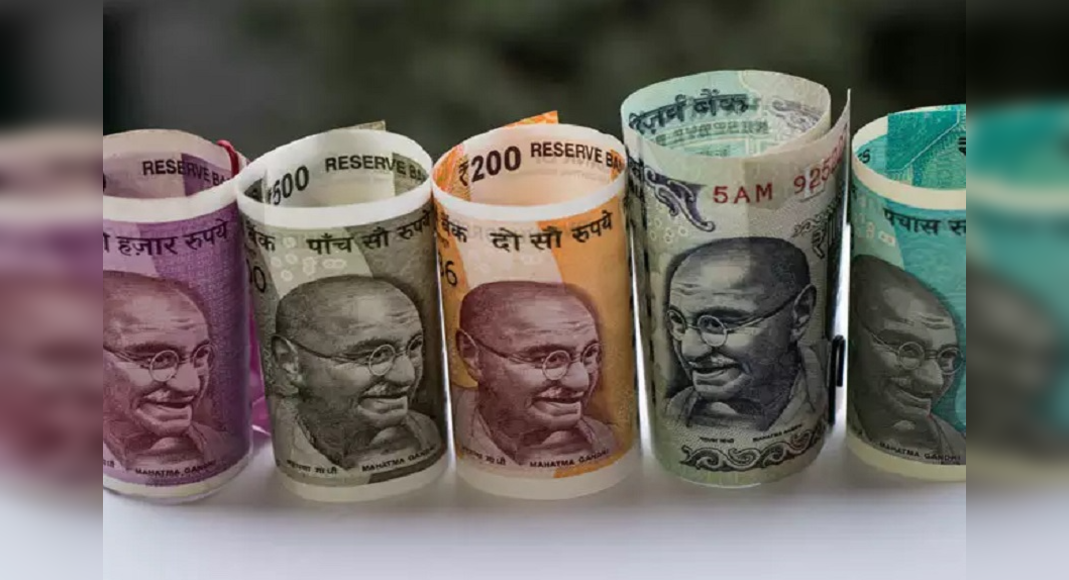MUMBAI: Large borrowers across several industries have responded to the Covid crisis by repaying loans and reducing their debt.
While some companies pulled back from investments in the absence of demand, others have shifted from loans to the capital market.
Companies in oil, steel, fertilisers and cement sectors are among those who have reduced their borrowing significantly during the year.
According to a research report by SBI, the top 15 sectors, from more than 1,000 listed entities, reported a debt reduction of Rs 1.7 lakh crore during FY21.
In percentage terms fertilisers, cement products, consumer durables and capital goods sectors have reduced their dependence on bank loans by more than a fifth during the year.
Coronavirus: Live updates“Corporate willingness for new investments remains low currently as the economy is still recovering from the devastating second wave.
Investment scenario is tepid as gauged by new investment announcements which saw 67% decline in FY21 as per CMIE,” the report said.
It added that companies were taking advantage of a low term structure of interest rates, and reducing their loan liabilities, to facilitate a lower finance cost from capital markets.
Also, the top 1,000 companies have increased their cash and bank balance by around 35% in March this year as compared to March 2020, suggesting a conservative approach to save cash during uncertain times.
The repayment of loans by corporates has resulted in a sharp slowdown in credit growth in FY21.
According to RBI data, the slowdown in credit growth continues well into FY22.
As of April 23, non-food credit was down 0.8%.
Again this year, the sharpest drop is due to a decline in credit to the petroleum industry (-8.6% year-on-year) and iron & steel (-6.8%).
In FY21, bank credit did not slip into negative because of growth in home loans, and loans to agriculture and allied sectors as well as trade finance.
Recently in an interview with TOI, SBI chairman Dinesh Khara said that corporates had turned risk-averse.
He also said that utilisation of existing capacity was low.
“The utilisation of working capital is only 70%, which means that they have headroom to borrow,” he had told this paper.
A report published by CRIF with the Small Industries Development Bank of India (Sidbi) said that the total amount of credit availed by the sector as of December 2020 stood at Rs 1.6 lakh crore, which witnessed a Y-o-Y decline of nearly 20%.
This is due to the suspension of manufacturing activities in the immediate aftermath of the Covid lockdown in March 2020.







